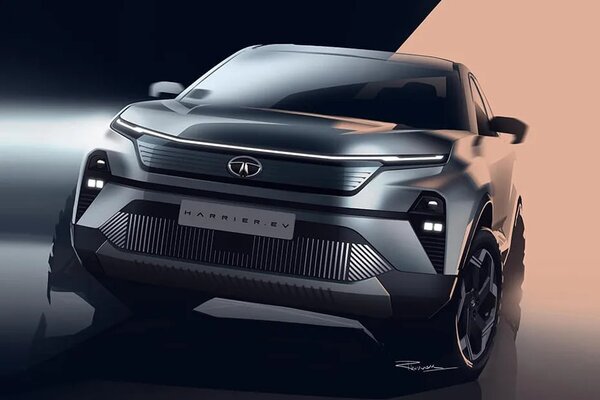Tesla's self-driving ambitions get a reboot: All you need to know and understand


Tesla Inc Chief Executive Elon Musk on Tuesday evening tweeted that the electric car maker will be rolling out a new version of its Full Self Driving software, the latest attempt by the California-based company to tout autonomous driving.
Tesla's "Full Self Driving" software would be an important source of revenue, once it is fully deployed. Tesla owners have paid $8,000 up front in hopes of eventually receiving the upgrade. In the second quarter alone, Tesla recognized $48 million of FSD deferred revenue. Tesla reports third-quarter results after the New York market closes on Wednesday.
Also check these Vehicles
Also Read : Tesla reaffirms goal of 500,000 deliveries
WHAT DOES 'SELF-DRIVING' MEAN?
The Society of Automotive Engineers (SAE) and most automakers define five levels of automation standard-for-self-driving-vehicles: Levels 0 to 2 include features such as automated braking systems (ABS) and lane departure warnings that need to be supervised by a driver. Liability for vehicle behaviour rests with the vehicle owner rather than the manufacturer.
(Related read: Driver in passenger seat, Tesla Model X speeds down road on its own)
Several automakers say they are ready to deploy Level 3 systems that automate highway driving, but require drivers to remain ready to take control.
IS TESLA CAPABLE OF AUTONOMOUS DRIVING ANYWHERE?
No. Tesla has said its system is only capable of functioning on highways.
Tesla's Autopilot has been criticized by the National Transportation Safety Board for allowing drivers to turn their attention from the road, leading to deadly accidents.
European crash test officials at European New Car Assessment Programme (Euro NCAP) gave Tesla's Model 3 a "moderate" rating and said the name Autopilot is inappropriate since it suggests full automation.
German courts have banned Tesla from repeating misleading claims about the car's self-driving capabilities.
The United States National Highway Traffic Safety Administration (NHTSA), which awarded Tesla the highest safety score for occupant safety, has investigated 15 crashes since 2016 involving Tesla vehicles equipped with Autopilot.
WHEN WILL TESLA LAUNCH ROBOTAXIS?
In April 2019, Musk said fleets of self-driving robotaxis would be on roads by 2020.
On Sept. 22, 2020, during the company's "Battery Day" presentation, Musk admitted that Autopilot software was undergoing a "fundamental rewrite."
WHAT SYSTEM DOES TESLA CURRENTLY USE?


Tesla uses eight cameras, radar and ultrasonic sensors to enable its vehicles to navigate streets. It opted against using Lidar, a sensor that Audi and Mercedes say is vital to corroborate information gathered by cameras. "Anyone who is relying on Lidar is doomed. Doomed," Musk said last year.
HOW IS SELF-DRIVING TECHNOLOGY REGULATED?
Technology to automate highway driving, parking and navigation in stop-and-go traffic is being deployed in an absence of industry-wide standards.
Article 8 of the 1968 Convention on Road Traffic states: “Every driver shall at all times be able to control his vehicle or to guide his animals."
Lawmakers across the globe have worked to incorporate a little-noticed amendment to the United Nations Convention on Road Traffic agreed in 2014, into national rules. This would let drivers take their hands off the wheel of self-driving cars.
The US states of Nevada and Arizona passed laws to allow test drives of autonomous vehicles there. Alphabet Inc's Google tested a car in Nevada in 2012 and in October said it will start offering rides to the public in robotaxi minivans in Phoenix.
California also allows limited testing of driverless autonomous vehicles.
Mercedes-Benz is now getting ready to launch a Level 3 system in Germany next year, once German law allows drivers to take their hands off the wheel for extended periods of time.








 100 kWh
100 kWh 570 km
570 km
















